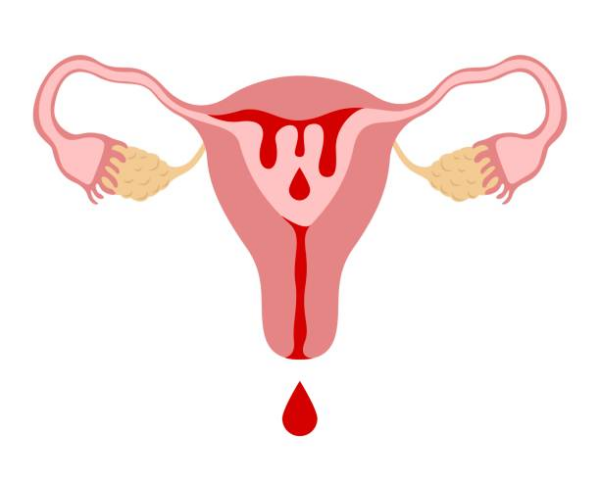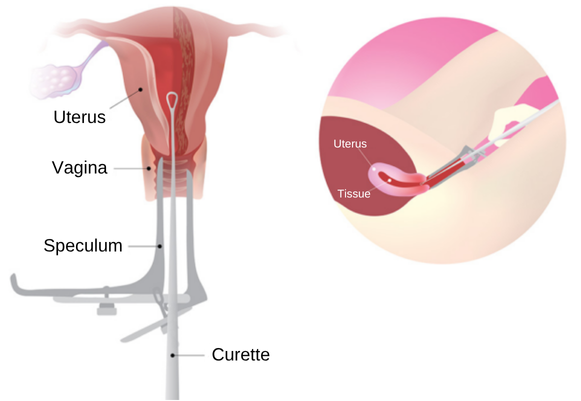Abnormal Uterine Bleeding in Korea
Treatment for Irregular Bleeding
What is Abnormal Uterine Bleeding?
Abnormal Uterine Bleeding (AUB) refers to bleeding that occurs outside the normal menstrual period or is excessively heavy.
Even in the absence of a specific condition, minor abnormal bleeding may occur due to excessive stress or temporary hormonal imbalances.
Because the causes are very diverse, management through consultation and examination by an experienced obstetrician/gynecologist is essential.

Main causes of Abnormal Uterine bleeding
During the first few years after the onset of the menstrual cycle, or as menopause approaches, hormonal imbalances can cause irregular, light, or heavy menstrual periods. However, for women in their 20s and 30s, irregular periods can also occur due to hormonal imbalances, pregnancy, or gynecological conditions.
20~30s
Anovulation, pregnancy, cancer, polyps, uterine fibroids, adenomyosis, infection, stress, etc.
40~50s
Uterine fibroids, adenomyosis, cancer, anovulation, etc.
Abnormal Uterine Bleeding in Middle-Aged Women
As women age, the incidence of uterine fibroids increases, making regular check-ups essential for middle-aged women. The symptoms and prognosis of fibroids can vary depending on their location. If treatment is necessary, careful management in consultation with a gynecologist is important.
When is a Dilation and Curettage Needed, and What is the Process?
Abnormal Uterine Bleeding: Dilation and Curettage (D&C)
A Dilation and Curettage (D&C) is a procedure in which the uterine lining is scraped using a device called a curette to check for abnormal bleeding inside the uterus, or to remove polyps or uterine fibroids.

Frequently Asked Questions
What is irregular bleeding?
Irregular bleeding refers to abnormal or excessive bleeding that occurs outside of a normal menstrual period. This can include bleeding between periods, heavy or prolonged menstrual bleeding, or bleeding after menopause. The causes are diverse, and management through consultation and examination by an experienced obstetrician/gynecologist is essential.
What are the main causes of irregular bleeding?
The main causes of irregular bleeding include hormonal imbalances, excessive stress, uterine fibroids, and adenomyosis. Other factors such as pregnancy, polyps, infections, and certain cancers can also contribute to irregular bleeding.
How is irregular bleeding treated at SH Clinic?
At SH Clinic, treatment for irregular bleeding is tailored to the individual’s condition. After a thorough consultation and examination, options may include medication, hormone therapy, or procedures such as dilation and curettage (D&C) to address underlying causes like polyps or fibroids. Regular check-ups are emphasized to monitor and manage the condition effectively.
What is the process of a hysterectomy at SH Clinic?
A hysterectomy at SH Clinic involves scraping the uterine lining using a device called a curette to check for abnormal bleeding inside the uterus or to remove polyps or uterine fibroids. The procedure takes about 30 minutes, with a rest period of 3 to 6 hours afterward. Patients may experience pain for 1-2 days post-procedure, and bleeding or discharge may occur for about 2-4 weeks during the healing process.
How can I prevent spotting?
Managing stress in daily life, maintaining hormonal balance through regular activities and healthy eating habits is helpful. Additionally, regular check-ups should not be neglected to monitor and maintain reproductive health.
